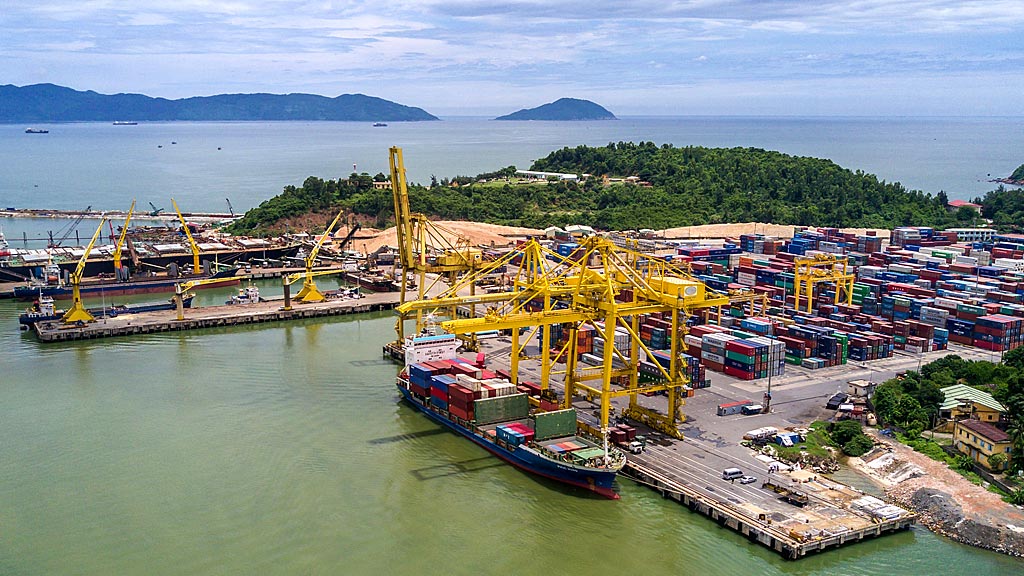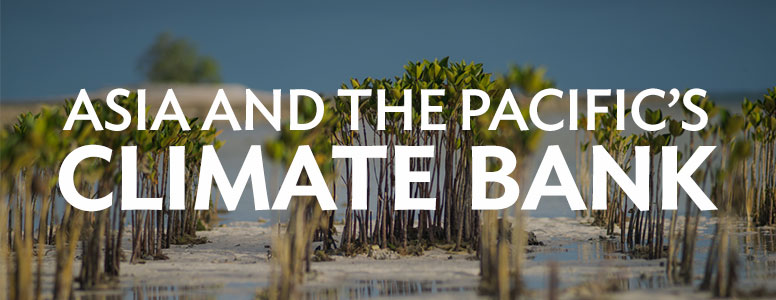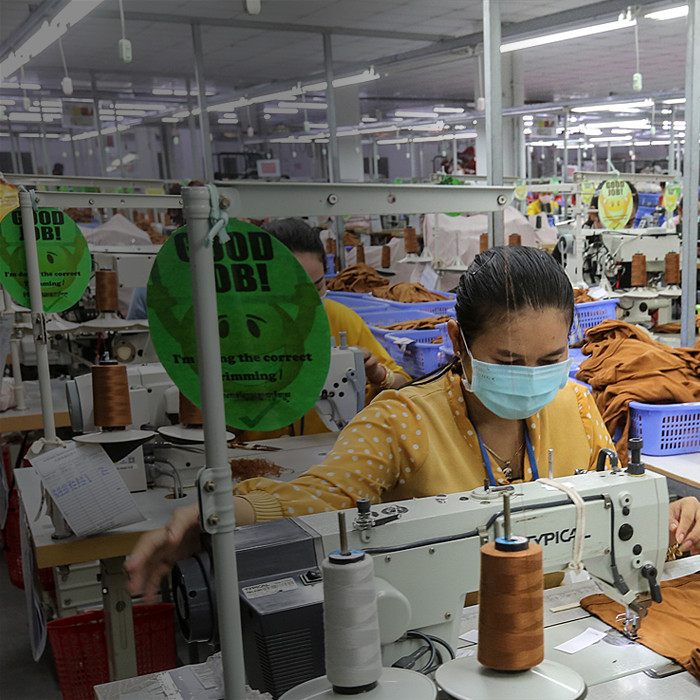Regional Cooperation and Integration (RCI)
Across Asia and the Pacific, ADB is working to promote cross-border infrastructure, trade integration, financial links, and regional public goods.
- Jump to:
- What ADB Is Doing
- What ADB Has Done
- What's New
-
Intraregional trade
by subregionsIntraregional trade linkages further strengthened across all subregions in Asia and the Pacific in 2020.
-
Dimensional contribution to the Asia-Pacific Regional Cooperation and Integration Index
Trade and investment, better infrastructure and digitalization are boosting connectivity.
-
COVID-19 pandemic responses,
November 2021 (as % of GDP)Health and income support had the biggest share of pandemic responses across Asia and the Pacific.

ADB’s commitment to regional cooperation and integration (RCI) has been a significant part of Asia’s rise as a manufacturing giant over the past forty years, made possible by sophisticated supply chain and production networks. This growth has created millions of jobs and brought development and increased prosperity to many countries in the region.
ADB projects contribute directly to the roads, power lines, bridges, ports, and border crossings that link member countries and boost growth and development throughout the region. The bank has also prioritised the building of trade agreements, treaties and regional institutions that facilitate cooperation and closer integration. ADB is also committed to helping the region collectively address transnational challenges such as pollution, climate change, pandemics like COVID-19, and financial shocks.
Our Impact
Results delivered in 2022 from ADB projects.
$87.7 million
Cargo transported and energy transmitted across borders
62
Transport and ICT connectivity assets established or improved
10
Measures to improve the efficiency and/or productivity of cross-border connectivity supported in implementation
Your Questions Answered
-
How have regional and subregional cooperation impacted on economic growth in Asia and the Pacific?
ADB supports strengthening infrastructure connectivity between countries, enhancing trade, finance, and investment links. These have all had a major impact on economic development in the region. The bank also works to foster collective regional action on public health, environment, and climate change.
-
Give an example of an ADB regional cooperation and integration project that has had a substantial impact on people’s lives.
The PRC Inner Mongolia Sustainable Cross-Border Development Investment Program promotes cooperation between the PRC Inner Mongolia Autonomous Region (IMAR) and Mongolia. The program boosts economic inclusion, ecosystems, and crucial services in IMAR’s five border communities and surrounding areas.
-
How does ADB work to promote regional cooperation in a territory as vast as the Pacific?
Given the remoteness and dispersion of the Pacific islands, there’s a clear need for RCI tailored to the specific challenges of the Pacific. ADB prioritizes maritime connectivity, such as this project in the Solomon Islands improving port facilities.
What's New
-
| Publications, Papers and Briefs
The Determinants of Product-Specific Rules of Origin: An Econometric Analysis in the Regional Comprehensive Economic Partnership
-
| Video
Community-driven Solutions: Success Stories in COVID-19 Response
-
| Publications, Papers and Briefs
Estimating Regional Integration Using the Bayesian State-Space Approach
-
| Blog, Development Asia
How the Breakthrough Agenda Enhances International Cooperation for Climate Action
-
| Development Asia
How the Breakthrough Agenda Enhances International Cooperation for Climate Action






